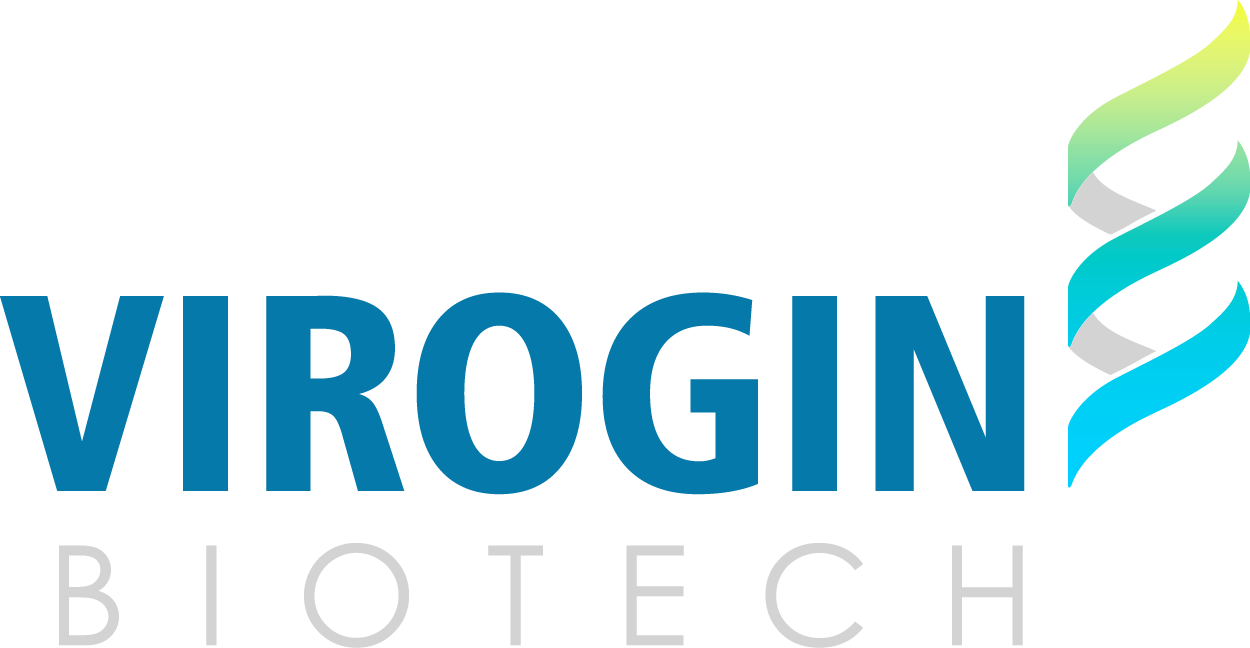On March 19, Nature published clinical research data by the First Affiliated Hospital of Zhejiang University on VG161, an oncolytic virus developed by Virogin Biotech. The study focused on patients with advanced hepatocellular carcinoma (HCC) who had failed multiple lines of treatment. Results demonstrated that VG161 not only exhibited excellent safety but also significantly extended patient survival.
VG161: A First-in-Class Therapy
VG161 is a HSV-1 based oncolytic virus. It is the world’s first clinical-stage oncolytic virus co-expressing four immune-modulating genes: IL12, IL15/15Rα and a PD-L1-blocking peptide. VG161 earned FDA Fast Track and China CDE Breakthrough Designation (2024).
Key Clinical Findings:
– In 34 treatment-refractory HCC patients, VG161 monotherapy achieved a 17.65% objective response rate (ORR), 64.71% disease control rate (DCR), and median overall survival (mOS) of 9.4 months (vs. 4.7 months in real-world controls).
– Among 22 patients who failed prior PD-1 inhibitor therapy (CPI treated for >3 months), mOS reached 17.3 months.
– Notably, 11 patients re-treated with previously refractory therapies post-VG161 achieved mOS >20 months, suggesting tumor microenvironment remodeling evidenced with RNAseq and immunohistochemistry analysis in tumor tissues pre- and post-VG161.
Virogin’s oncolytic virus platform
Virogin Biotech’s platform features enhanced oncolytic potency and co-expression of a selected suite of immune-stimulating genes. The strategy maximizes tumor cell lysis (releasing antigens) and amplifies antigen presentation by activated immune cells, priming systemic tumor-specific T-cell responses. This “intratumoral vaccination” approach achieves systemic effects through local administration, as evidenced by VG161’s abscopal effect (shrinkage of non-injected visceral lesions).
The Nature publication underscores Virogin Biotech’s advanced platform. It will revitalize global interest in oncolytic viruses as an essential element of immunotherapy due to their dual ability to remodel the tumor microenvironment and to act as an in situ vaccine that addresses critical gaps in other immunotherapies.


